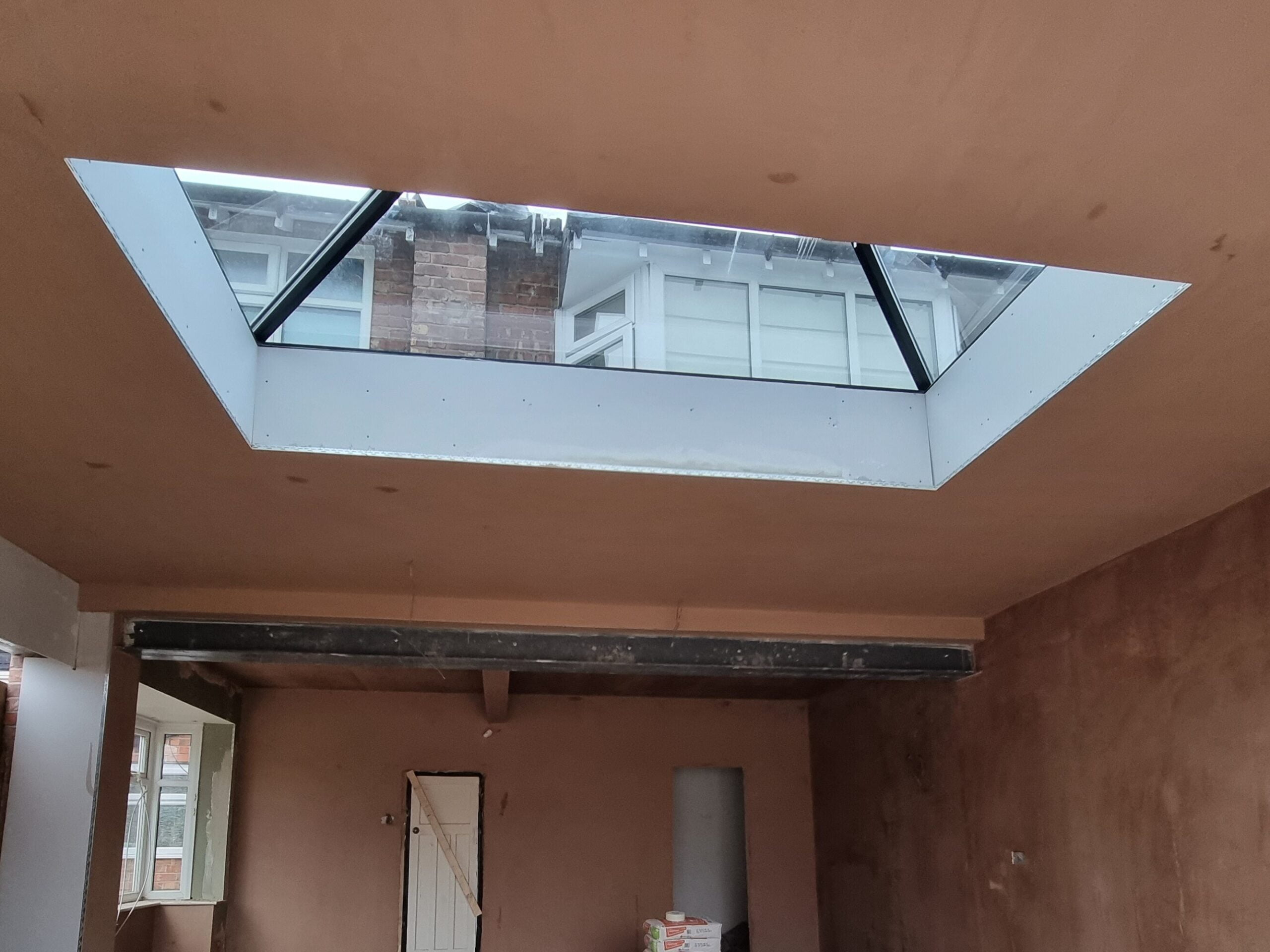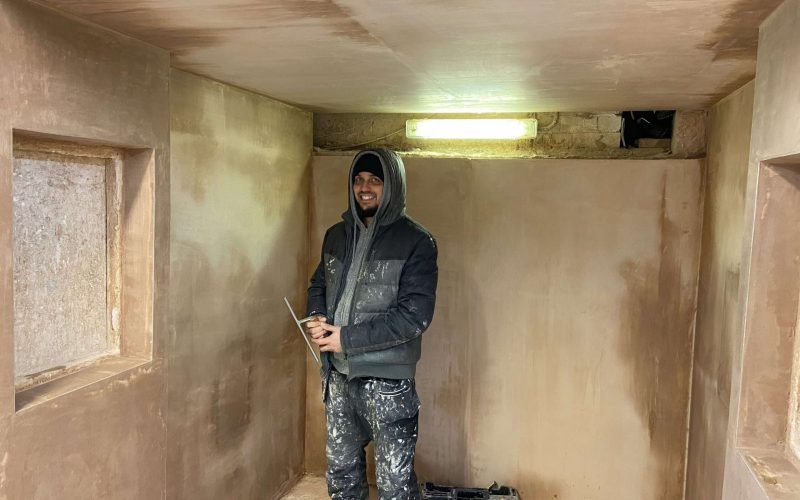Key Tips and Tools for Effective Plastering in Your Home Improvement Ventures
Achieving a perfect plaster surface in your home renovation jobs needs a mix of the right tools and proven strategies. Understanding the subtleties of mixing plaster and applying it in thin layers can dramatically affect the final result.
Crucial Plastering Tools
A plasterer's toolkit is fundamental to attaining a sturdy and smooth coating on ceilings and wall surfaces. The vital devices incorporate a selection of executes developed to help with the gluing procedure efficiently and successfully. Trick elements consist of a hawk, which is a level, square device utilized to hold the plaster while using it to surface areas. This device permits easy transportation and application of the material.

In addition, a mixing bucket is required for preparing plaster, making certain the right uniformity before application. A smudging brush or sponge is useful for ending up touches and smoothing out appearances. Lastly, safety and security tools such as handwear covers and masks ought to be consisted of to safeguard the individual from dust and chemicals. Together, these essential plastering devices enable both professionals and do it yourself enthusiasts to attain premium cause their gluing projects.
Surface Prep Work Strategies
Correctly preparing the surface prior to plastering is crucial for ensuring attachment and accomplishing a remarkable surface. The first step involves cleaning up the surface to get rid of any kind of dirt, grease, or old paint that may hinder the plaster's ability to bond successfully. A thorough laundry with an appropriate cleansing option is advised, adhered to by allowing the surface and rinsing to dry completely.
Next, analyze the surface area for any blemishes or splits. These should be full of an appropriate filler compound and permitted to cure according to the maker's instructions. For permeable surfaces, applying a guide is necessary to develop an uniform appearance and improve attachment.
Additionally, it is essential to guarantee that the surface area is steady and structurally noise. Any loosened products, such as flaking paint or harmed drywall, ought to be repaired or removed. If working with stonework surfaces, take into consideration utilizing a scratch layer to boost grasp.
Mixing Plaster Like a Pro

Making use of a tidy mixing container, pour the water first, after that slowly include the plaster powder while stirring constantly. This approach aids to stop clumping and makes sure an also circulation of materials.
As soon as blended, enable the plaster to relax for a few minutes to enable the plaster crystals to moisturize fully. This pause boosts workability and minimizes the threat of fracturing during application. By complying with these actions, you can blend plaster like a pro, establishing the structure for an effective smudging job in your house renovation undertakings.
Application Approaches for Smooth Finishes
With the plaster combination prepared to the excellent uniformity, the following action involves choosing suitable application techniques to attain a smooth coating. The choice of application devices dramatically affects the final appearance of the plastered surface. For ideal results, a stainless-steel trowel is frequently suggested. This tool permits a fine, even circulation of plaster across the surface while reducing trowel marks - Plastering.
Begin by applying a generous quantity of plaster to the surface area making use of the trowel, guaranteeing it adheres well. Employ a systematic strategy, functioning from the bottom upward. Once the first coat is applied, utilize a sweeping activity to smooth the surface, using even pressure. In areas that call for more precise focus, take into consideration utilizing a float, which can aid remove any kind of imperfections and develop an uniform texture.
For the final touches, a moist sponge can be utilized to refine the surface area better. Lightly mist the plaster with water and gently massage the surface area to achieve a sleek effect. Always bear in mind to work in small areas to maintain control over the application procedure, guaranteeing a smooth, professional finish throughout your plastering job.
Common Blunders to Prevent
When getting started on a gluing task, staying clear of typical errors is critical for achieving a remarkable surface. Make certain that all dirt, oil, here are the findings and loose materials are removed prior to using plaster.
Another common error is applying plaster too thickly. Thick layers can crack as they dry, jeopardizing the stability of the coating. Instead, go with several slim layers, enabling each layer to completely dry completely prior to using the next.
Furthermore, poor mixing techniques can cause inconsistent structure and workability. Constantly follow the maker's directions for mixing proportions and completely mix the plaster to accomplish an uniform consistency.

Timing additionally plays an important duty; plaster needs to be applied while the substrate is damp to enhance adhesion. Premium trowels these details and floats can make a substantial distinction in achieving a smooth surface.
Conclusion
Efficient plastering needs a complete understanding of crucial devices and methods. By utilizing proper equipment, making certain precise surface area prep work, and adhering to advised mixing proportions, optimum results can be achieved. Utilizing appropriate application approaches better improves the coating, while understanding of common errors can avoid problems. Proficiency of these elements not just contributes to the aesthetic appeal of a room yet also makes sure sturdiness and longevity in plastering jobs, making them integral to effective home enhancement endeavors.
A float is one more critical tool, which helps in leveling the plaster and achieving an uniform surface.

By complying with these steps, you can blend my company plaster like a pro, establishing the foundation for a successful smudging job in your home renovation ventures.
Gently mist the plaster with water and delicately rub the surface area to accomplish a sleek result.